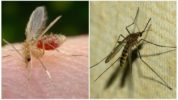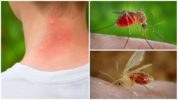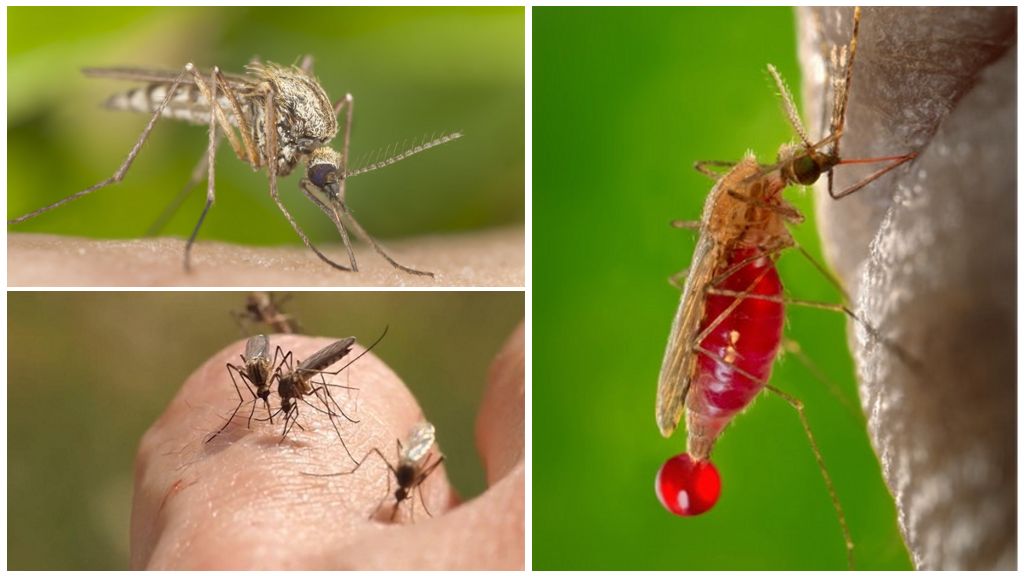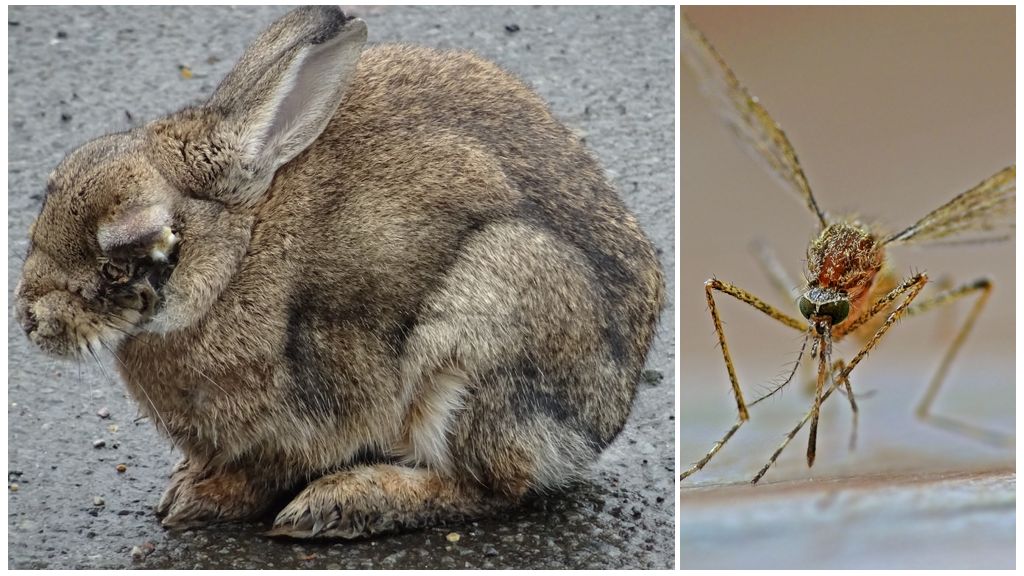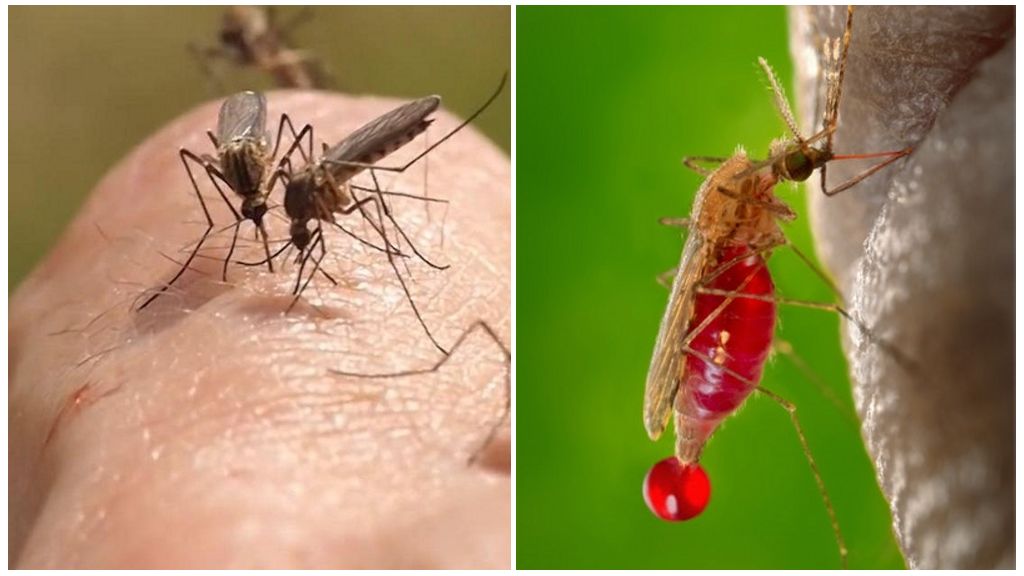- Mosquito and mosquito
- Insect bites
Very often you can hear the familiar phrases "mosquito net", "mosquito drugs", which are used in mosquito control. But this does not mean that mosquitoes and mosquitoes are the names of the same insect. They have noticeable differences in many ways.
Differences in appearance
Mosquito and mosquito differ in appearance. This fact can be confirmed by looking at insects even with the naked eye.
- The mosquito has a body size of not more than 3 mm in length when mosquito reaches an average of 5-10 mm in length.
- Most mosquitoes have a nondescript gray body color. Mosquitoes can be of different shades from white to black, including yellow and red.
- Another important difference between a mosquito and a mosquito is the position of its wings relative to the body. In a small bloodsucker at rest, the wings are located at right angles to the body. And in a mosquito, they are almost parallel to the body.
The body structure of the mosquito has similar proportions: long thin legs, a small oblong torso, a long proboscis for food, long antennae, small wings.
On a note!
During the flight, mosquitoes move more awkwardly, but do not publish mosquito-specific squeak. Therefore, it will not be possible to notice it in the dark.
The habitat of mosquitoes and mosquitoes
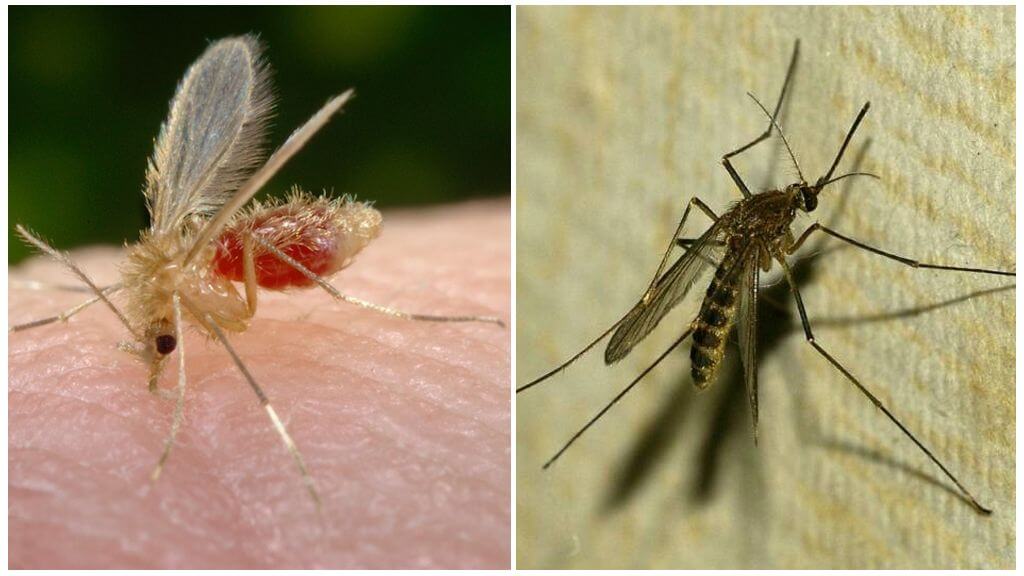
Mosquitoes live almost all corners of the planet, with the exception of the extreme regions of the south and north poles. They prefer humid places, stagnant ponds and a relatively warm climate. But in severe winters, some representatives of mosquito species can fall into hibernation and wait out unfavorable times.
Mosquitoes live in warm countries with a tropical climate. They are found in Asia, Africa, Latin America, in southern Europe. In Russia, you can become a victim of a mosquito, being in the subtropical regions of the Caucasus, Abkhazia, Krasnodar Territory. Mosquitoes also need proximity to a source of fresh water.
The nuances of reproduction
The difference between mosquito and mosquito can be traced in the characteristics of reproduction. Most mosquito species breed their offspring directly in the water. They lay eggs there, which later turn into larvae. Larvae feed on microorganisms and small algae of the reservoir, then turn into a pupa. From the stage of the pupa, the mosquito turns into a formed individual and takes off from the surface of the water.
Interesting!
Some mosquito species lay their eggs in the soil. Maturation of all stages occurs in the earth. Larvae feed on plant particles or root crops there.
Mosquitoes grow their offspring in well-moistened soils rich in organic compounds. Scientists studying these representatives of dipterans, it was noted that females prefer to lay eggs near dung heaps, landfills. Voracious larvae absorb the surrounding organic waste.
Insect bites

Both types of bloodsuckers are dangerous to humans and other living things. Depending on gender mosquito diet different. Females of these insects to form eggs in their body should eat blood. Males are harmless creatures that feed on plant nectar.
A mosquito female, before biting its victim, makes several jumps on the skin, then plunges its proboscis under the skin.During a bite, she injects a blood-thinning substance, like a female mosquito.
Mosquitoes are carriers of dangerous diseases:
- leishmaniasis;
- mosquito fever;
- bartonellosis and others.
They do most harm to livestock. Huge clouds of mosquitoes can cling to a whole herd of cattle overnight and bring the animals to death. For humans, they are as dangerous as mosquitoes. Both types of insects are similar in some ways, but they also have certain differences.
